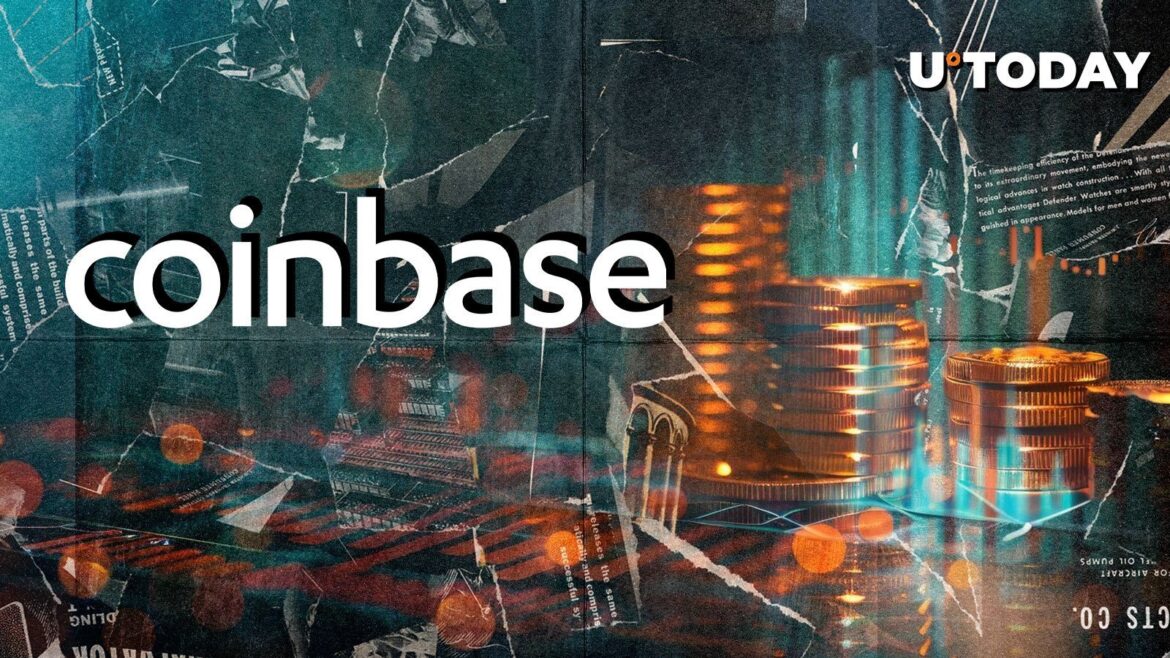In the second episode of RippleX’s Onchain Economy series, RippleX Product Director Jazzi Cooper unveils the blueprint for institutional finance on-chain.
Cooper details three core features of XRP Ledger, including multipurpose tokens (MPTs), a permissioned DEX and a native lending protocol, regarded as the blueprint for institutional finance on-chain.
The future of DeFi isn’t just about decentralization; it’s about credit, compliance, and confidentiality at scale.
Episode 2 of the Onchain Economy series just dropped, and @jazzicoop details 3 core features of the XRPL:
↳ Multi-Purpose Tokens (MPTs)
↳ Permissioned DEX
↳… pic.twitter.com/Je84HOBAtP
— RippleX (@RippleXDev) October 3, 2025
According to the RippleX product director, XRP Ledger already has payment capabilities (obviously essential for cross border payments), but in a bid to replicate traditional finance or bring more use cases onto the blockchain, the need for credit origination remains clear, with XRPL’s approach a little bit different than typical DeFi ecosystems.
MPTs
Multipurpose tokens (MPTs) went live on the XRP Ledger mainnet this week. MPT is a new native token standard designed to make issuing real-world assets on-chain far simpler, safer and more aligned with how financial institutions operate.
MPTs are created with compliance controls built in so that issuers can enforce KYC/AML, freeze or claw back assets if required, add metadata like bond terms or reserve attestations and manage distribution securely with multi-sig and escrow.
Permissioned DEX and domains
According to Cooper, the permissioned DEX is a neat feature that builds on a couple of different capabilities of XRP Ledger. Permissioned DEX extends XRPL’s decentralized exchange into regulated contexts, enabling secondary markets for RWAs or FX with full AML/KYC controls.
Permissioned domains allow markets to gate participation based on credentials, creating user-controlled environments. According to Cooper, permission domains basically allow users to create a ring fence around a protocol on XRPL to add in various compliance features.
Lending protocol
Cooper spoke about a new lending protocol coming to XRP Ledger, which will allow for credit origination on-chain. The launch of XRPL’s native lending protocol is expected in XRPL version 3.0.0 release later this year.
This protocol, defined in the XLS-65/66 specifications, introduces pooled lending and underwritten credit directly at the ledger level.







